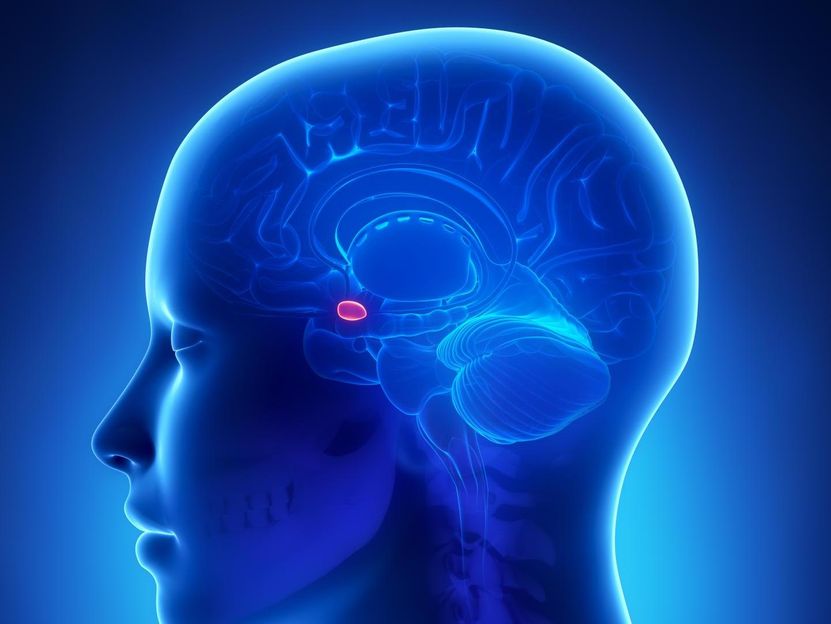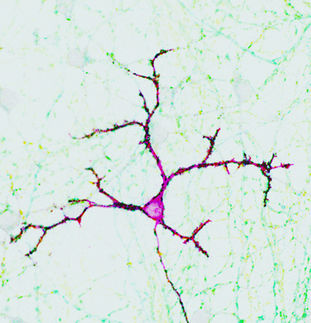New brain target for potential treatment of social pathology in autism spectrum disorder
Researchers at Rosalind Franklin University of Medicine and Science have induced empathy-like behavior by identifying then manipulating a brain circuit in an experimental model, an indication that new strategies may help people with autism spectrum disorder (ASD) gain social abilities.

The olive-size amydala is a key brain structure involved in emotion and social behaviors.
Rosalind Franklin University
According to the Centers for Disease Control , one in 68 children is living with an ASD, the fastest-growing developmental disorder in the U.S., with associated costs estimated at between $12 billion and $61 billion.
ASD can impair empathy, the ability to share and understand the feelings of others, which is aided by the ability to read facial expression, tone of voice and other social cues.
The study , led by Chicago Medical School Professor Amiel Rosenkranz, Department of Cellular and Molecular Pharmacology, sheds light on the specific role of the amygdala, an often overlooked brain region, in social behavior and its pathology in autism. There are no approved pharmacological approaches that target the social impairments in ASD. The development of new approaches requires a better understanding of the neural changes that cause the main symptoms of ASD. This study is a major step toward that goal.
The findings change the conceptualization of the brain regions important in empathy and provide the rationale to target the amygdala in certain forms of ASD.
Investigators measured the empathy-like responses of a rodent while witnessing an "actor" rodent respond to a mild "startle." The "witness" quickly developed behaviors that matched the startled subject, reflecting a behavior that is a foundation for empathy. In addition, the witness learned that the emotional cues produced by the actor indicate that something in the environment may be dangerous. However, when parts of the amygdala were shut down, the witness did not show empathy-like responses toward the other. Specifically, the medial amygdala was required for the witness to display empathy, while a circuit from the lateral nucleus of the amygdala to the medial (LA-MeA) was required to learn that the behavior of the actor signaled danger in the environment.
To gain insight into the relevance of these findings for ASD, the study then examined impaired empathy caused by experimental deletion of Nrxn1, an analog of a human autism-associated gene (NRXN). Deletion of Nrxn1 was associated with a lack of empathy-like behavior in the witness, which investigators found to be correlated with poor neuronal function in the LA-MeA circuit. Switching on the LA-MeA circuit in the non-empathic witness led to the emergence of empathic behaviors. The findings identify a specific anatomy in the amygdala that may underlie empathy and demonstrate a particular pathology in the amygdala that may induce social difficulties caused by autism-related mutations.
Original publication
Other news from the department science

Get the life science industry in your inbox
By submitting this form you agree that LUMITOS AG will send you the newsletter(s) selected above by email. Your data will not be passed on to third parties. Your data will be stored and processed in accordance with our data protection regulations. LUMITOS may contact you by email for the purpose of advertising or market and opinion surveys. You can revoke your consent at any time without giving reasons to LUMITOS AG, Ernst-Augustin-Str. 2, 12489 Berlin, Germany or by e-mail at revoke@lumitos.com with effect for the future. In addition, each email contains a link to unsubscribe from the corresponding newsletter.





















































